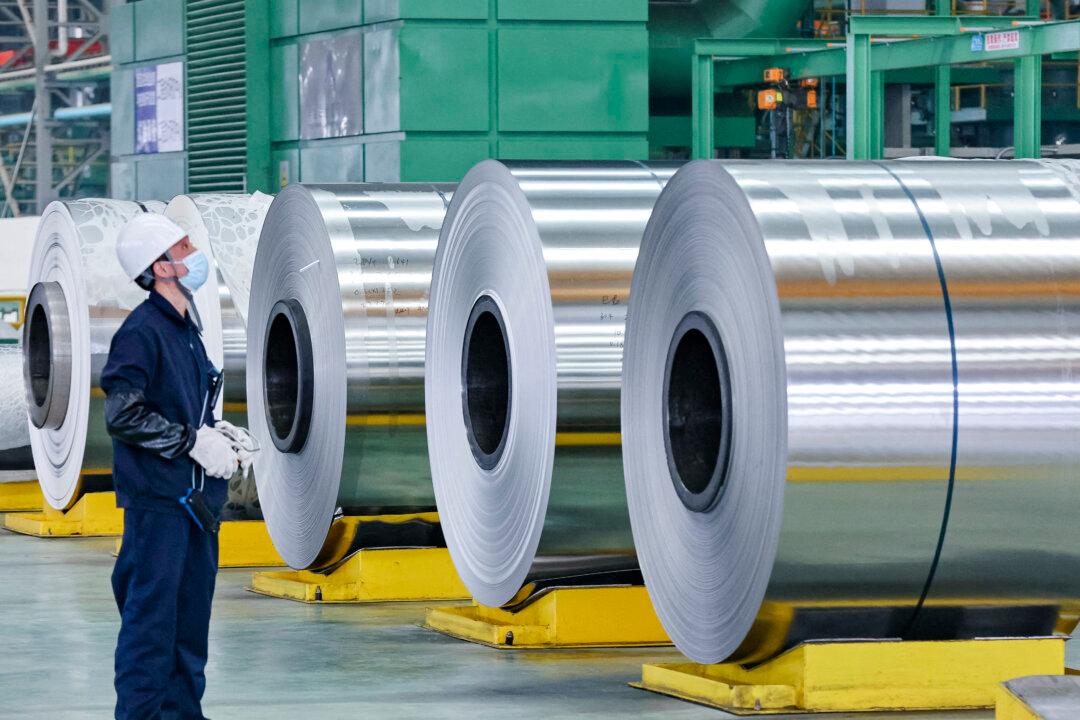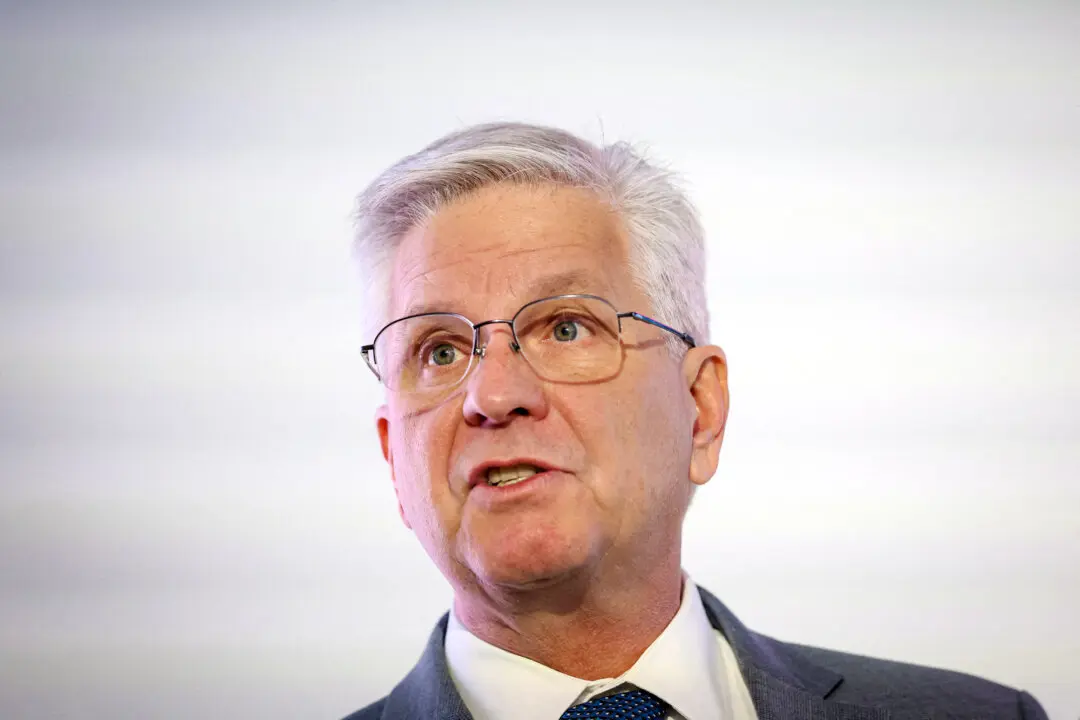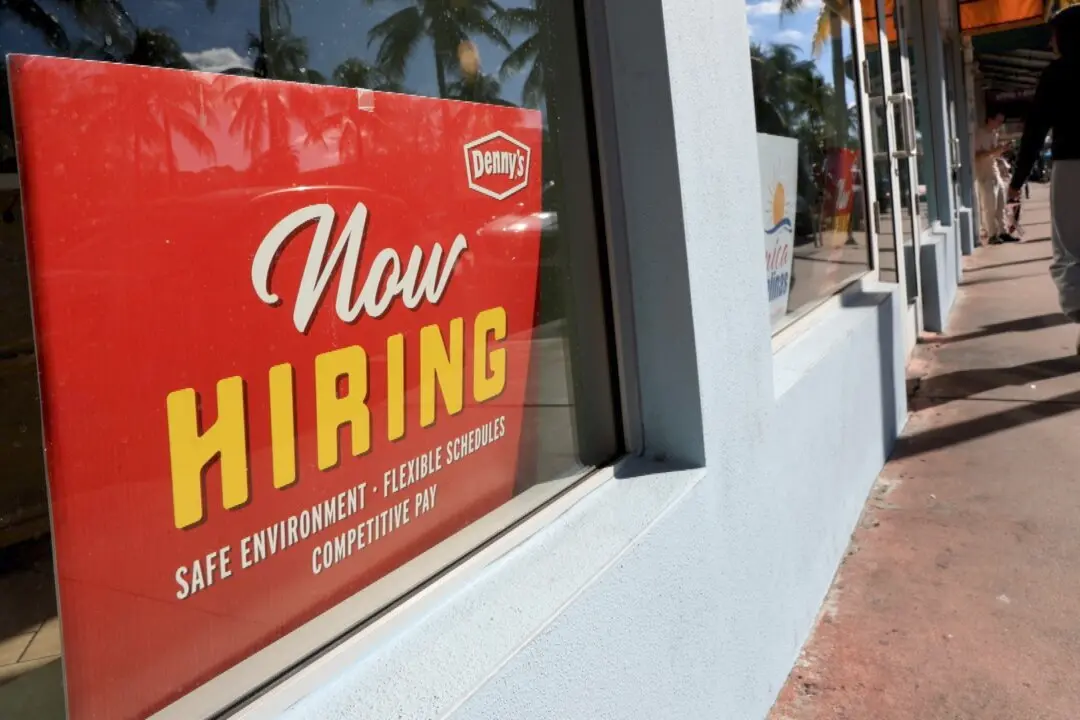The White House will close loopholes that allow China to evade tariffs by exporting steel and aluminum to the United States through Mexico, a senior administration official announced on July 10.
President Joe Biden will sign a proclamation ensuring that steel coming from Mexico receives duty-free benefits if it’s melted and poured in Mexico, and importers will have to share information on the origin of their steel products, the White House confirmed.





